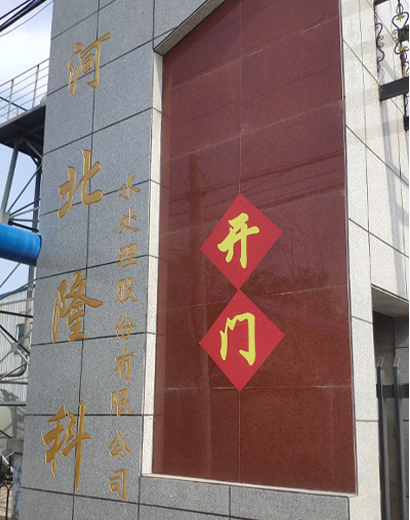Exploring the Applications and Benefits of Anionic Polyacrylamide in Various Industries
Anionic PAM A Comprehensive Overview
Anionic Polyacrylamide (anionic PAM) is a versatile water-soluble polymer widely utilized in various industrial applications due to its unique properties and functionalities. As a member of the polyacrylamide family, anionic PAM is characterized by the presence of negatively charged functional groups, which impart significant benefits in processing, environmental management, and other applications.
Chemical Structure and Properties
Anionic PAM is produced through the polymerization of acrylamide monomers, with a specific proportion of anionic groups introduced into the polymer chain. The resulting structure enables the polymer to interact favorably with cationic substances and divalent ions, making it effective in flocculation and sedimentation processes. Its molecular weight can vary significantly, which allows for customization based on specific application requirements.
One of the most notable properties of anionic PAM is its high viscosity when dissolved in water. This characteristic is crucial for its function as a thickening agent in various formulations. Moreover, anionic PAM is known for its excellent chemical stability and resistance to hydrolysis, making it suitable for applications in varied environmental conditions.
Applications in Water Treatment
Anionic PAM's primary application lies in water treatment, where it serves as a flocculant. In this capacity, it aids in the aggregation of suspended particles, thereby improving the efficiency of sedimentation in both municipal and industrial wastewater treatment processes. The polymer binds to particles in water, resulting in larger aggregates that can be more easily separated from the liquid. This process not only enhances the clarity of effluents but also reduces the load on downstream treatment processes.
Furthermore, anionic PAM is employed in the treatment of drinking water to facilitate the removal of turbidity and organic matter. Its effectiveness in enhancing the coagulation process ensures that water meets necessary health standards, promoting public safety.
anionic pam

Role in Soil Management
Beyond water treatment, anionic PAM finds considerable use in agriculture, particularly in soil management practices. The polymer is used to improve soil structure and enhance water retention in arid regions, thereby promoting sustainable agricultural practices. When mixed with irrigation water, anionic PAM forms a gel-like consistency that helps to retain moisture around plant roots, reducing irrigation frequency and improving crop yields.
Additionally, anionic PAM plays a vital role in preventing soil erosion, especially in areas susceptible to runoff. Its ability to stabilize soil aggregates reduces the detachment and transport of soil particles, maintaining land quality and enhancing fertility.
Environmental Considerations
The use of anionic PAM is generally considered safe for the environment, especially when compared to other chemical treatment options. However, practitioners are urged to adhere to recommended application rates and guidelines to mitigate potential risks associated with excessive usage, such as water pollution or harm to aquatic life. Moreover, the biodegradability of anionic PAM is an area of ongoing research, ensuring that its use aligns with sustainable practices.
Conclusion
In summary, anionic polyacrylamide is a highly valuable polymer with diverse applications across industries. Its primary roles in water treatment and soil management highlight its importance in promoting operational efficiency, environmental sustainability, and agricultural productivity. As industries continue to seek innovative solutions to address various ecological challenges, anionic PAM is poised to play an increasingly significant role in shaping a more sustainable future. Continued research and development will further enhance its applications, optimizing its efficacy while safeguarding environmental health.
-
Scale and Corrosion Inhibitors: Key to Industrial Water TreatmentNewsMay.22,2025
-
Organic Phosphate: Structure, Properties, and ApplicationsNewsMay.22,2025
-
Isothiazolinones: a versatile and versatile biocide with a wide range of applicationsNewsMay.22,2025
-
Industrial Flocculant: The Key to Optimizing Industrial ProcessesNewsMay.22,2025
-
Hydrolyzed Polymaleic Anhydride: Structure, Properties, and ApplicationsNewsMay.22,2025
-
Application of Flocculant in Water TreatmentNewsMay.22,2025





